Festival Internacional de Arte de Gwanghwamun (광화문국제아트페스티벌)
13.6Km 2025-01-02
Sejong-daero 175, Jongno-gu, Seúl
02-723-9484
Para Corea, la plaza Gwanghwamun es un símbolo del movimiento democrático que ha tenido lugar en las últimas décadas de la historia del país. Este ha sido el lugar de muchas reuniones y protestas, en las cuales los ciudadanos exigían a la sociedad el cumplimiento de las leyes y de los derechos civiles; y también un punto cultural para realizar diversas actividades y eventos para compartir. El Festival Internacional de Arte de Gwanhwamun forma parte de aquellas actividades artísticas, cuyo objetivo es enriquecer la conciencia cultural y artística de los visitantes y ciudadanos, incitando su participación.
Korea Samgyetang (고려삼계탕)
13.7Km 2025-05-19
1, Seosomun-ro 11-gil, Jung-gu, Seoul
Estatua del Almirante Yi Sun-shin (충무공 이순신 동상)
13.7Km 2021-03-05
Sejong-daero 175, Jongno-gu, Seúl.
La estatua del Almirante Yi Sun-shin fue erigida enfrente de la Plaza Gwanghwamun el 27 de abril de 1968 en honor al valiente espíritu y liderazgo del almirante. Con 17 metros de altura, esta estauta de bronce muestra al almirante con una espada en su mano derecha, representando la protección y el patriotismo. Enfrente de la estatua hay un barco tortuga en miniatura, y en cada esquina hay dos tambores que se usaban incrementar la moral de las tropas en el campo de batalla.
Plaza Gwanghwamun (광화문광장)
13.7Km 2022-07-25
Sejong-daero 172, Jongno-gu, Seúl.
+82-2-120
Inaugurada el 1º de agosto del 2009, la plaza ha sido remodelada como un espacio turístico y recreativo en los alrededores de la Sejong-daero, que se sitúa en el centro de Seúl. El área tiene una historia que data de 600 años.
Durante un largo tiempo, esta calle fue exclusiva para los vehículos, pero con esta última remodelación, ofrece un ambiente especial para las personas. Desde esta plaza se podrá observar el magnífico paisaje del palacio Gyeongbokgung, el monte Bukhansan, etc., y también se ha restaurado la antigua calle Yukjo, para transmitir un ambiente histórico y cultural a los ciudadanos y turistas que la visitan.
La plaza tiene una longitud de 550 m y una anchura de 34 m, se encuentra localizada en el corazón de Seúl. Está clasificada en varios rubros históricos y culturales para el entretenimiento de los visitantes: está el sector de restauración del paisaje de la calle Yukjo, el sector que representa la historia del antiguo Gwanghwamun, el sector cultural para la participación de los ciudadanos, el sector que conecta con el arroyo Cheonggyecheon, etc. Entre las esculturas y establecimientos artísticos famosos están: la estatua del Haetae (criatura mítica coreana), representación del paisaje histórico de la calle Yukjo, la estatua del Gran Rey Sejong, pantallas acuáticas que reflejan los imágenes de la escritura coreana “Hangeul”, etc., entre otras instalaciones tecnológicas y culturales.
Las dos estatuas de grandes dimensiones que representan esta plaza son la del almirante Yi Sun-sin y el Gran Rey Sejong. En los alrededores también se han instalado un estanque y una fuente de agua. La zona que conecta con el arroyo Cheonggyecheon permite el acceso cómodo al palacio Gyeongbokgung y al arroyo. Las aguas subterráneas que brotan de las estaciones de metro de Gyeongbokgung y Gwanghwamun son emitidas hacia el arroyo Cheonggyecheon por medio de un acueducto, y, como la estación de metro está conectada con la parte posterior de la estatua del almirante Yi Sun-sin, los visitantes pueden llegar a la plaza con facilidad. Normalmente, las calles de la plaza son utilizadas para la circulación de los vehículos, pero en caso de festivos nacionales, se restringe el tráfico para disponerlo como área de festivales.
Templo Gilsangsa en Seúl (길상사(서울))
13.7Km 2025-04-02
Seonjam-ro 5-gil 68, Seongbuk-gu, Seúl
El templo Gilsangsa está situado en el distrito de Seongbuk-dong, del norte de Seúl. Fue construido en el recinto del famoso restaurante Daewongak, cuya dueña donó la propiedad al venerable monje Bupjeong (1932-2010), que fue la persona que transformó el lugar en este templo inaugurado en 1997. Aunque Gilsangsa tiene una historia relativamente corta, está muy bien situado en el centro de Seúl, por lo que atrae muchos visitantes tanto nacionales como extranjeros. El templo también sirve como lugar cultural, ya que ofrece diversos programas como enseñanzas budistas, y estancia en templo. Las construcciones Gilsang Seonwon (centro zen) y la Casa el Silencio están dedicadas a la meditación. Gilsang Seonwon ofrece habitaciones para que mediten budistas con experiencias, mientras que la Casa del Silencio está abierta al público en general. Gilsangsa también tiene una sede en París.
Museo Nacional de Arte Moderno y Contemporáneo en Seúl [MMCA] (국립현대미술관 서울관)
13.7Km 2025-04-18
Samcheong-ro 30, Jongno-gu, Seúl
En 2013, el Museo Nacional de Arte Moderno y Contemporáneo [MMCA] abrió un nuevo edificio en Seúl, ubicado en el barrio de Sogyeok-dong, distrito de Jongno-gu. Este museo es especial porque introdujo el concepto de arquitectura tradicional coreana 'madang', que se trata de un espacioso patio que la gente puede visitar. Tiene distintas instalaciones, como un teatro, una galería, una sala multiuso, etc.
Hwangsaengga Kalguksu (황생가칼국수)
13.7Km 2025-05-14
78, Bukchon-ro 5-gil, Jongno-gu, Seoul
Museo de la Vida Cotidiana de Bukchon (북촌생활사박물관)
13.7Km 2022-08-30
Bukchon-ro 5-nagil 90, Jongno-gu, Seúl.
En este museo se exponen aquellos objetos y muebles antiguos recolectados en el área de Bukchon, en Seúl. Fue inaugurado en el año 2003 y tiene en exposición objetos utilizados hace cientos de años y heredados por varias generaciones, pero que han caído en desuso tras la industrialización. Entre ellos se encuentran el maetdol (molino de piedra que se utilizaba para moler granos), el jangdok (tinaja para almacenar conservas como salsa de soja, pasta de pimiento rojo, etc.) y el yogang (urinal coreano), entre ellos.
Desde antaño, la zona de Bukchon, que incluye los barrios de Wonseo-dong y Samcheong-dong, fue un área de concentración y conservación de las casas tradicionales hanok. El secreto por el que dichas casas se mantienen hasta hoy en día se debe a su estilo arquitectónico tradicional, compuesto por un depósito, el suelo de las habitaciones cubierto de madera, la buhardilla, etc. Hasta la fecha, el museo conserva aproximadamente 20,000 piezas de la vida cotidiana, pero en exposición hay entre 300 y 400.
Museo Conmemorativo Appenzeller Noble (배재학당역사박물관)
13.7Km 2022-09-27
Seosomun-ro 11-gil 19, Jung-gu, Seúl
El Museo Conmemorativo Appenzeller Noble abrió en 2008 en el Instituto Pai Chai, una institución educacional de estilo occidental construida en 1916. El edificio del museo está designado como como Monumento de Seúl. Con exposiciones permanentes dispuestas dinámicamente, exposiciones especiales anuales y conferencias especiales, el museo ofrece una experiencia de aprendizaje única para los visitantes y personas que tengan interés en la historia de la educación en Corea.
Centro Cultural Sejong (세종문화회관)
13.7Km 2023-10-30
Sejong-daero 175, Jongno-gu, Seúl
El Centro Cultural Sejong fue construido en 1978 en Gwanghwamun. Tiene un teatro grande, un teatro pequeño, una galería de arte y otros lugares para albergar varias clases de actuaciones y exhibiciones. El teatro grande del Centro Sejong, su escaparate principal, tiene el mayor órgano de tubos de Asia, y un escenario majestuoso. Puede alojar a 3.822 personas, y su escenario puede transformarse para ajustarse a muchas clases de actuaciones diferentes, como conciertos, obras, ballets y películas, para acentuar sus mejores cualidades. El sistema de iluminación y sonido del escenario, digno de los teatros más grandes, están controlados por ordenador para un control de precisión. El teatro pequeño puede alojar a 442 personas en sus dos pisos, y el escenario es muy grande, considerando el tamaño del teatro pequeño –unas 100 personas pueden estar en el escenario al mismo tiempo-. La galería de arte del Centro Sejong está compuesta en realidad por tres galerías, una en el edificio principal, otra en el edificio anexo y otra más en la sección del Centro añadida recientemente. Las tres son lugares de exhibición vanguardistas. También hay una tienda de arte, salas de conferencias para artistas y muchas salas espaciosas en donde puede relajarse. Incluso si no está aquí para ver ninguna exposición, es un lugar que vale la pena recorrer.
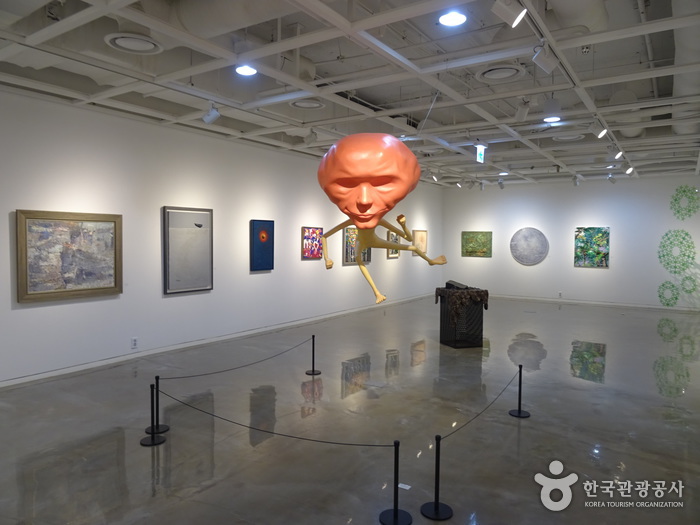
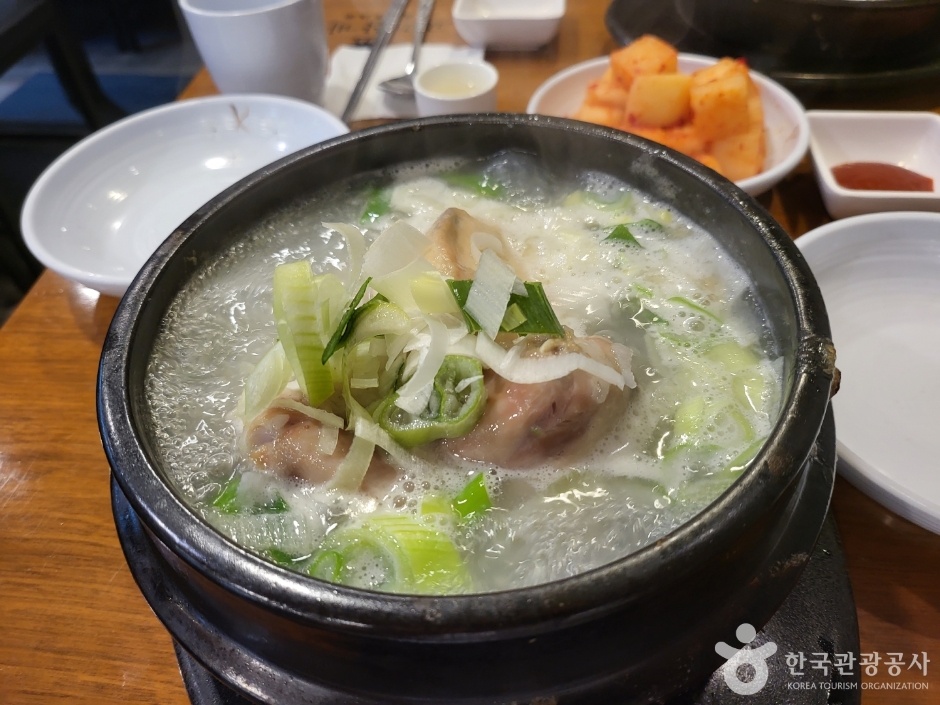
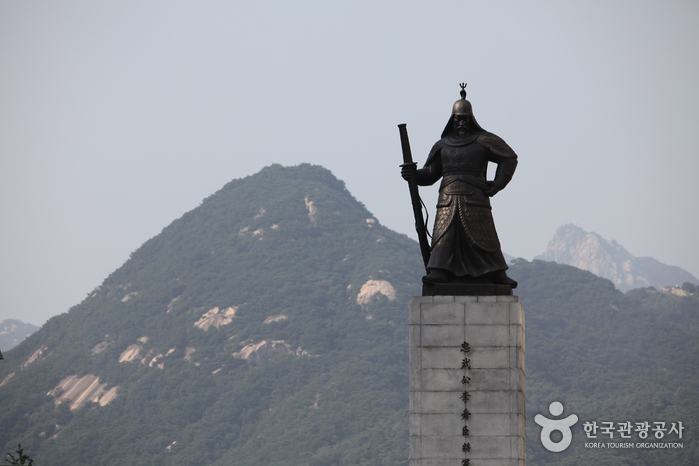

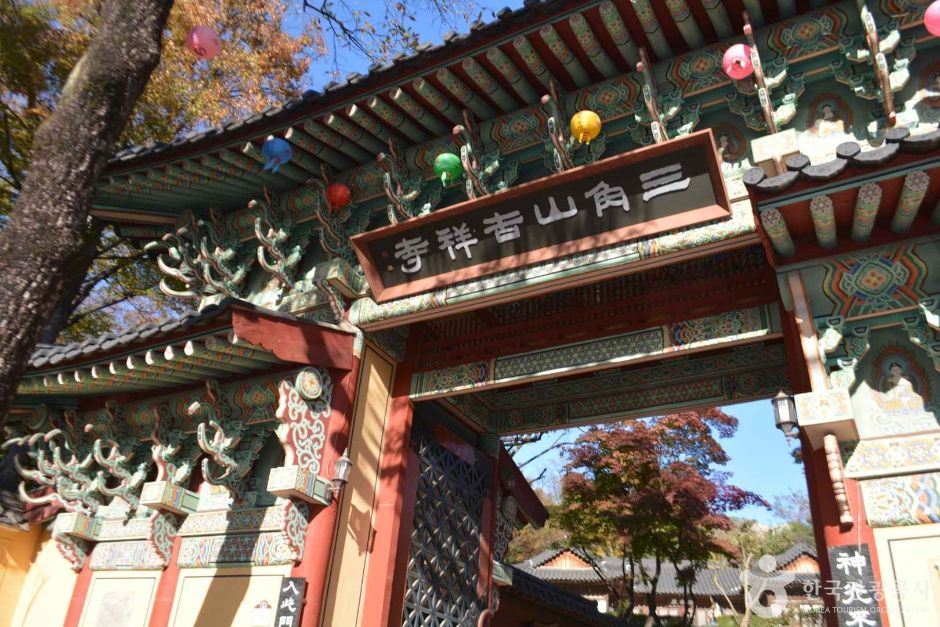
![Museo Nacional de Arte Moderno y Contemporáneo en Seúl [MMCA] (국립현대미술관 서울관)](http://tong.visitkorea.or.kr/cms/resource/03/2991503_image2_1.jpg)
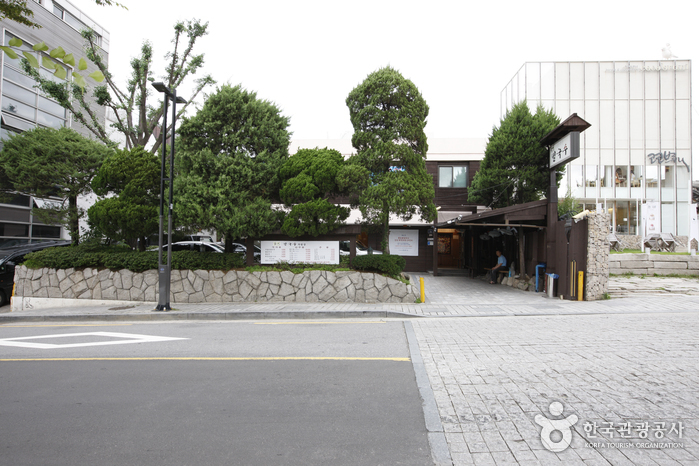
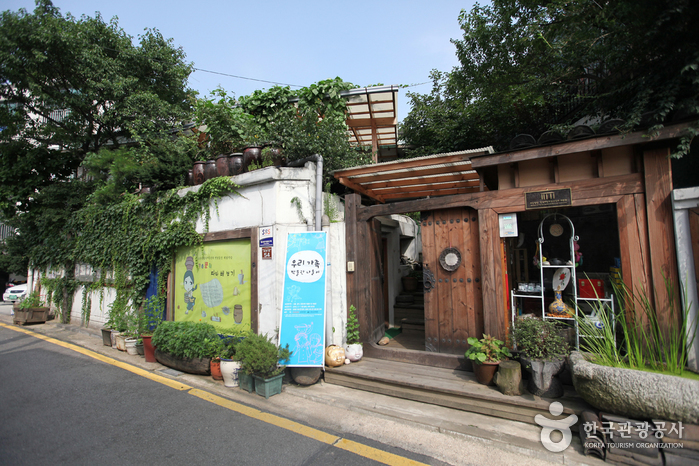
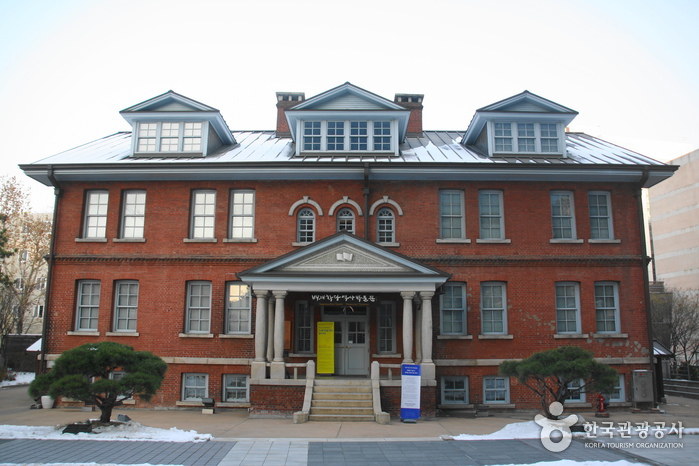
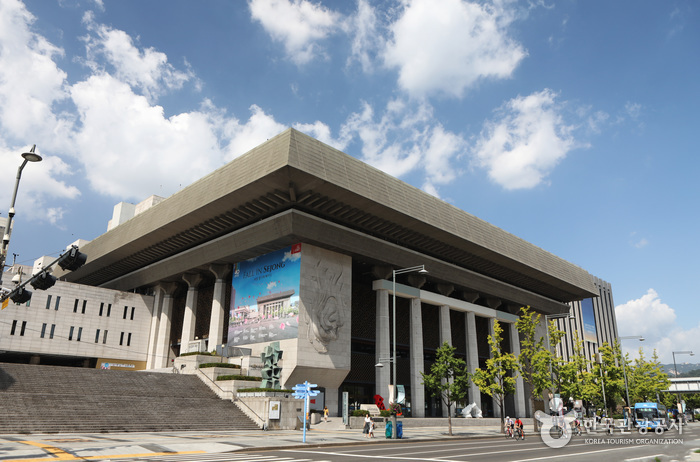
 Español
Español
 한국어
한국어 English
English 日本語
日本語 中文(简体)
中文(简体) Deutsch
Deutsch Français
Français Русский
Русский